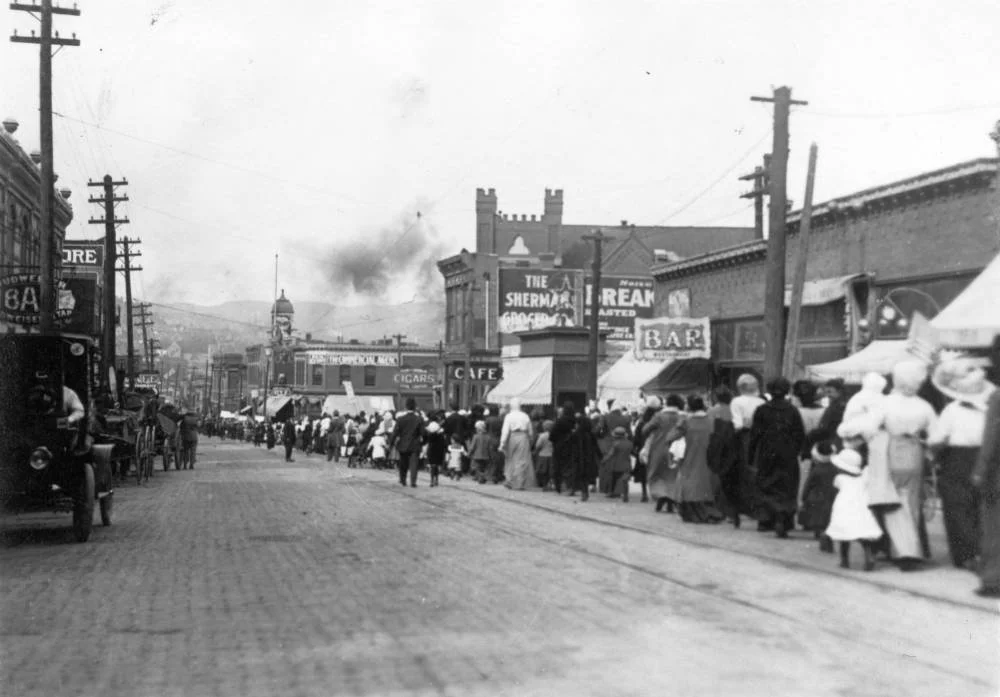HISTORY


Trinidad, the county seat of Las Animas County, is located between the towering Rocky Mountains to the west and a vast stretch of prairie land that extends to the Kansas border. In 1866, Las Animas County was created by act of the Territorial Legislature and during that same year School District #1 was established. The town’s growth during its formative years was tied directly to the development of large cattle and sheep ranches in the surrounding area. With the discovery of coal in the surrounding area, Trinidad became the commercial and supply center for the surrounding coal camps and its population grew.
From the 1880s to the second decade of the twentieth century, as the school age population in new neighborhoods grew, the district built schools to meet the needs of the expanding town. Between 1881 and 1911, six new schools were built to accommodate the growing population to the north and southwest of town. Finally in 1919, East Street School was built for the eastern neighborhood, perched on the hillside less than a mile from town center.
The prolific architectural firm of Isaac H. Rapp and William M. Rapp, responsible for numerous commercial, religious and residential buildings in Trinidad, designed the building. East Street School is an early example of innovative trends in school design that would become popular after World War II. Unlike the multi-storied, compact or “stacked” configuration of their previously constructed schools in Trinidad, the architects applied a new approach this time. Inspired by educational buildings in California, the “sprawling layout” configured ten classrooms across one story. Classrooms had twelve-foot high ceilings and cloakrooms with a window and good ventilation. The “U-shaped” plan allowed for abundant natural light and a playground in the open courtyard.
Miner’s strike, Trinidad, 1913
In April 1920, The Chronicle News reported, “The school is built according to that commodious plan of architecture which is distinctly an innovation... In its lighting, heating and ventilating effects, it is more modern than school buildings to be found in the large cities. Large airy rooms, long wide corridors, great cheerful windows and a spacious playground all about.”
Rapp & Rapp were well known for their expertise and diversity of design which epitomized the eclecticism of the Victorian Age. The school’s flat-roofed design with subtle decorative brickwork, undersized parapets, and multi-light (now replaced) windows could be characterized as a minimalist expression of the Arts and Crafts movement.
The East Street School is the only school designed in the “sprawling layout” configuration and the last school building the Rapp brothers designed for District #1 of Trinidad. East Street School served elementary school students for 80 years until it closed in 2002. In 2007, it was listed on the National Register of Historic Places.

Aerial map of Trinidad, 1882
